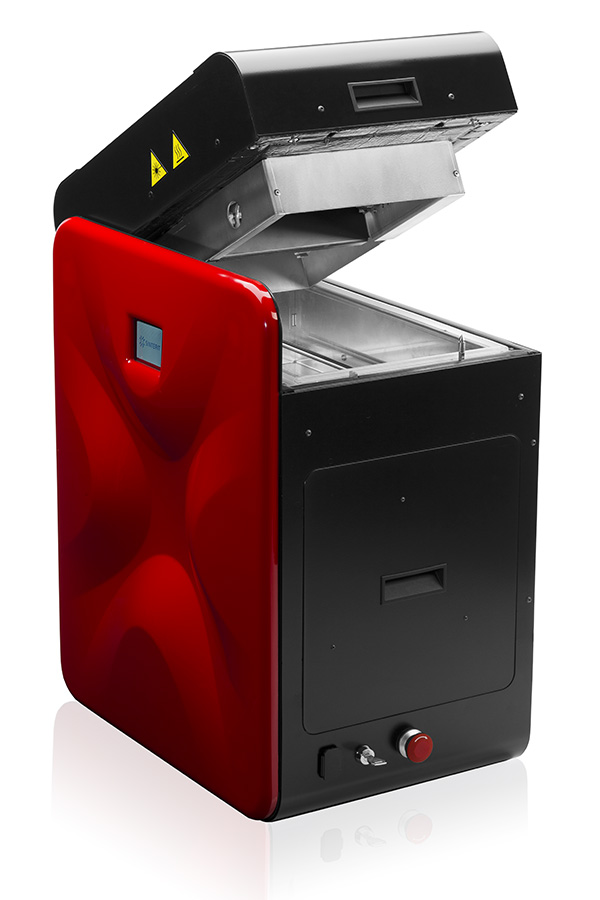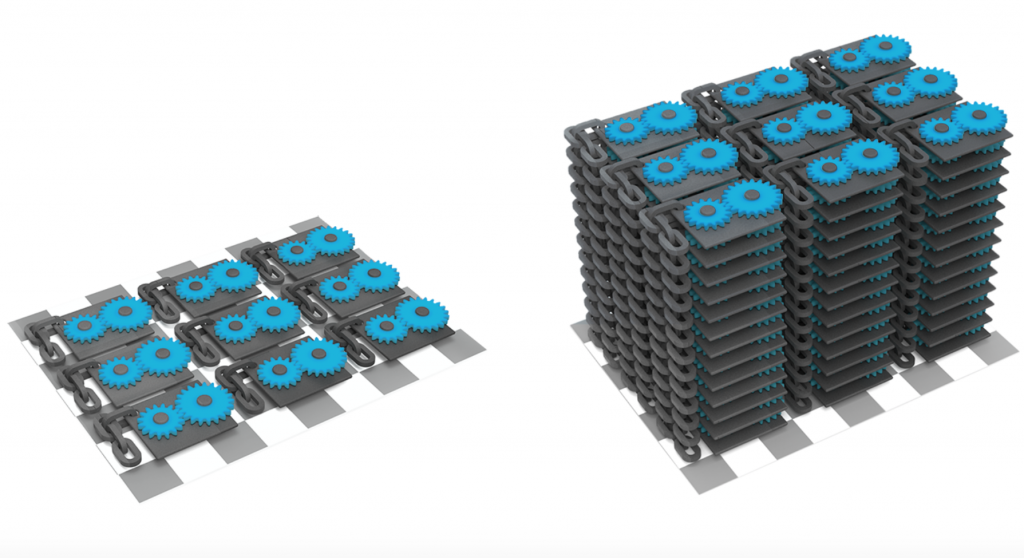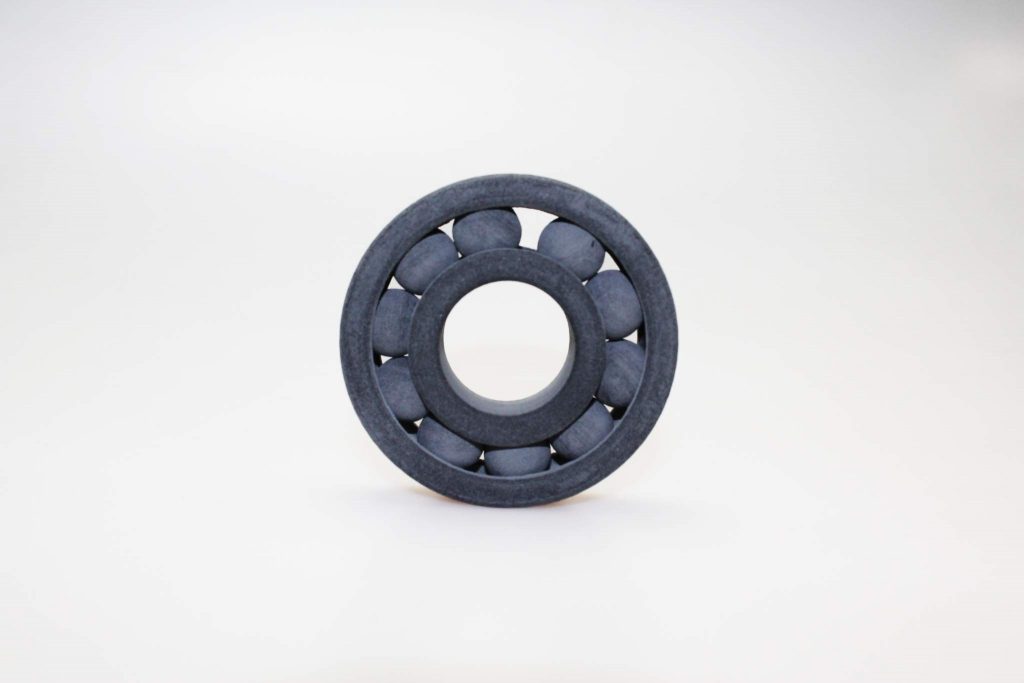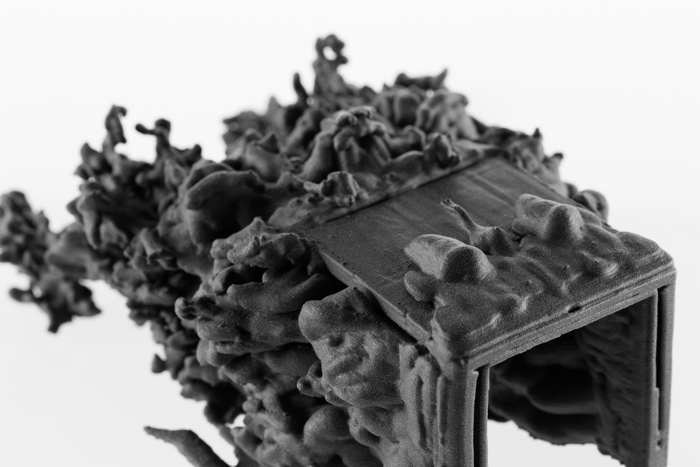Over 10 years ago, and what feels like a lifetime in the fast-moving 3D printing industry, Adrian Bowyer founded the RepRap project for self-replicating desktop 3D printers. Arguably this project gave rise to the FFF printer becoming the most common 3D printing technology at the desktop and Maker level. Selective Laser Sintering (SLS) 3D printing method is progressing to also become a more affordable option with LISA, a desktop SLS printer from Polish company Sinterit.

One advantage of SLS is that it is able to print highly detailed objects without the need for supports. As it uses a laser to layer the solid material it produces objects with a particular fine definition. Additionally, parts can be produced in larger batches, as the powder bed allows prints to be stacked on top of each other rather than just side by side.

Bringing these qualities to the desktop means businesses who usually have to outsource their prototype manufacturing now have another option. Having the equipment in house means that time is no longer wasted in shipping, and any problems get ironed out on the spot. Over time, a desktop SLS like the Sinterit LISA is something that would likely pay for itself.
What materials does it use?
According to the tech specs, the LISA is capable of using PA12 Nylon powder and TPU-based material. The material properties of PA12, indicate good tensile strength, hardness and scratch resistance. It also resistant to chemicals and doesn’t crack under pressure. The finish is matte in appearance and, in grey, it could be mistaken for a brushed-metal or slate material.

Flexa Black TPU-based (thermoplastic polyurethane) is a rubber-like counterpart, and has use in medical applications, sportswear, tubing, seals and conveyor belts.
Professional use
One of the professional use cases of LISA is in the Desén research project, ‘exploring what happens when computational fluid dynamic algorithms (typically used in marine and aerospace applications) are applied to furniture and object forms.’
As an automated process, the algorithm creates elaborate and artistic geometries that serve to push the boundaries of design and engineering. The Sinterit LISA is perfectly suited to printing such objects, and is giving the project a tactile understanding of the way water moves.

Other prototypes include movable gears, a flexible spring, and a fine chain.
Moving gif of laser sintered gears. Via: Sinterit
Further specs.
The total build volume (WxDxH) of a Sinterit LISA 3D printer is 150 × 200 × 150 mm (5.9 × 7.9 × 5.9 in). Layer thickness can be anything from 75 – 175 microns and it is of course compatible with .stl files. LISA uses its own Sinterit Studio slicing software, and has a built-in camera so you can check up on the objects while printing (which, if you’re anything like me, you’ll be doing all the time.) If you were looking to buy one, they are available online here. Though the price is not yet competitive with many FFF 3D printers, this a fraction of what many other SLS printers typically cost. The price point is another example of how 3D printing is still progressing and it will be fascinating to see how the market responds.
Alternatively, if you’d be interested to see one in person first, the Sinterit team have been present at their fair share of Europe’s trade shows this year, and will no doubt turn up again in 2017 at TCT, Euromold and Formnext. 3DPI will be sure to have more updates on where you can see them in the new year, so make sure you sign up to our newsletter to stay in the know.
Featured image shows a collection of prototypes printed on a Sinterit LISA. Photo by: Dan Purdie



